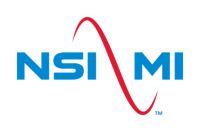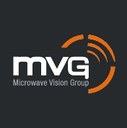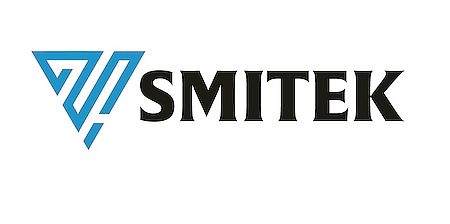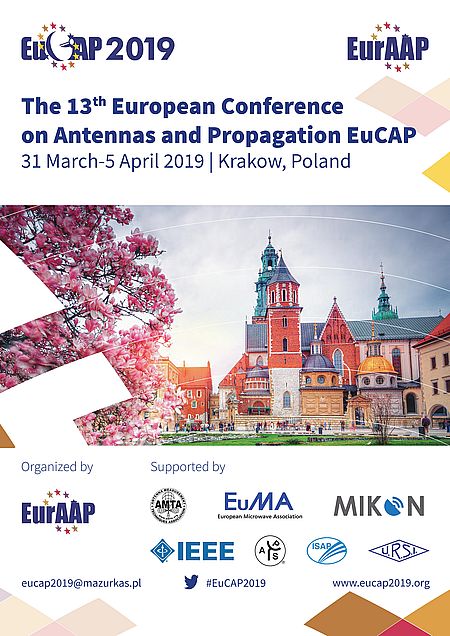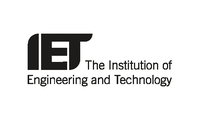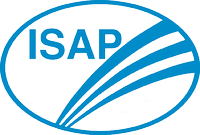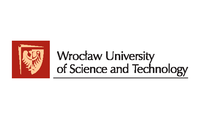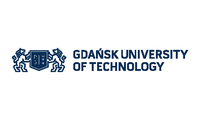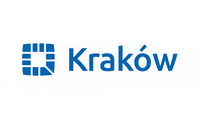Channel measurements and channel modelling in vehicular scenarios.
biography
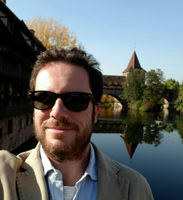
Juan Moreno García-Loygorri.
Universidad Politécnica de Madrid
Dr. Moreno is a rolling stock engineer in the Engineering and Research department of Madrid Metro, where he has led some of the most important projects on railway communications. He also works as a part-time lecturer at the Technical University of Madrid since 2015. He has been working in railways since 2007, first on high speed trains and then on subways. He has participated in many railway-related research projects like the EU-funded Roll2Rail, EmulRadio4Rail and Tecrail, and is the author or co-author of more than 30 research & conference papers on the physical layer (channel measurement and modelling) of railway communications. In 2017 in Paris he co-chaired the first Eucap convened session on railways which was followed by the second one in 2018 in London. His research interests are channel modelling, wireless systems in complex environments and software-defined radio. His PhD Thesis was also focused on railway communications.
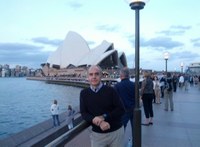
César Briso Rodríguez.
Universidad Politécnica de Madrid
Prof. Briso is a full professor in the Technical University of Madrid, Spain. He has a long experience as a reviewer and organizer of special sessions in different congresses. Particularly in EuCAP 2016 he successfully organized and chaired the 1st phase and 2nd phase of convened session “Propagation Channels for Wide-Sense Vehicle-to-X Communications”, in 2017 he co-chaired the first convened session on railways and in 2018 the second one. His research interests are in the field of measurement and modelling of wireless propagation in complex environments, especially in railway environment where he has been working the last 15 years. He has participated and led more than 20 national and international projects on railway communications. He has authored/co-authored over 100 research papers in international journals and conferences on the relative topics of high capacity communications on railways environment.
short abstract
It is not necessary to highlight the importance of channel modelling to have high-capacity and reliable communications, but the challenges are greater when you are in vehicular scenarios, which is one of the most extreme environments for channel propagation. For example, high-speed trains can run at 350 km/h and if a reliable communications channel between train and ground is needed, many aspects need to be taken into account like Doppler shifts, coherence time, etc. in order to achieve this target. In this sense, vehicular scenarios include not only trains, but also UAVs and cars, each one of them with their own challenges. The idea behind this course is to explain how to take channel measurements in these extreme environments and how to obtain models from them, with a special mention of the current models available in the literature. Therefore, the authors will provide some examples of measurements taken by them in order to explain the most important concepts of the course with straightforward examples.
short Course outline
This short course will present an overview on channel modelling through all the steps to be followed: instrumentation, measurements, processing and modeling.
This course has three parts which will cover (but not limited to) the following aspects:
- Channel Modelling:
- Introduction. Types of models. Channel functions.
- Multipath. Short-term fading.
- Narrowband channels: path-loss, angle of arrival, angle of departure
- Wideband channels: power-delay-profile, Doppler spectrum, WSSUS and non-WSSUS channels, etc.
- Propagation measurements in extreme environments.
- Narrowband measurements.
- Wideband measurements: Channel sounding
- Auxiliary instrumentation: positioning, etc.
- Representation and processing of results
- Channel models in vehicular scenarios
- V2X models: Winner II, 3GPP, HST, …
- Propagation models for tunnels
- Air-to-ground models, UAVs
- Practical examples.
- Railways
- V2V
- Air-to-ground.
Attendees will get some source code examples that demonstrate many of the techniques covered in the short course. The final part of the course will consist on running these examples on the instructor’s laptop but attendees may bring their own laptop if they want to run the examples by themselves.


